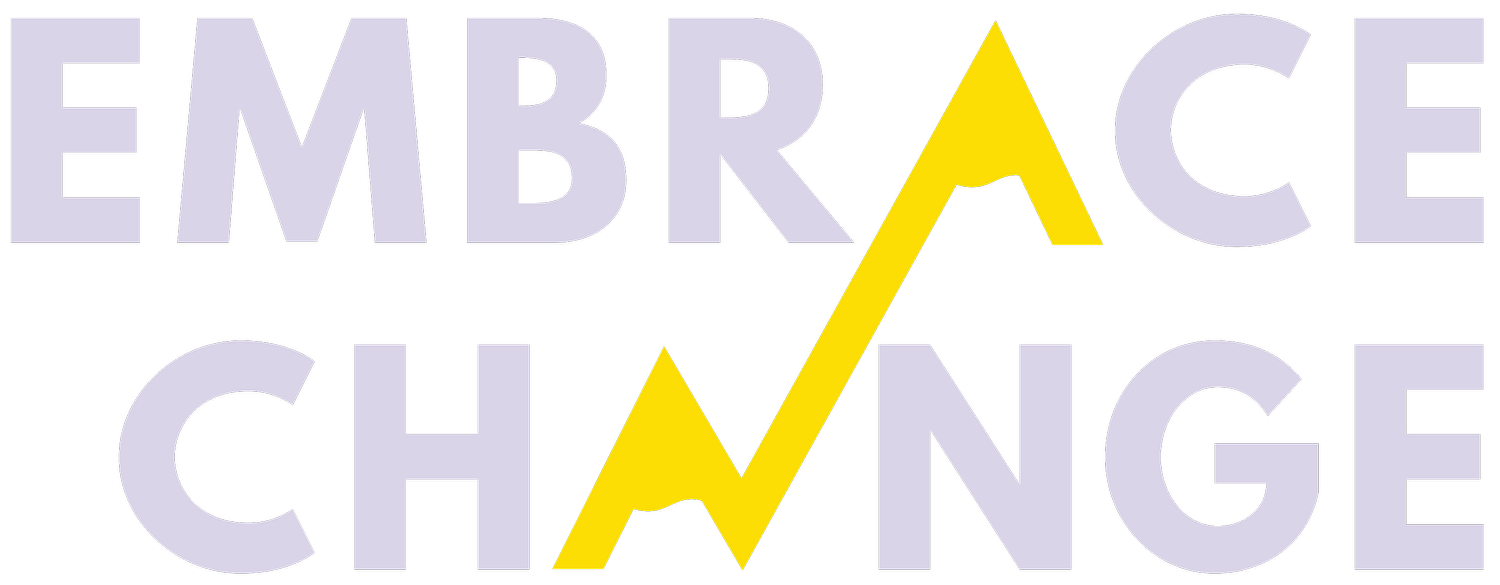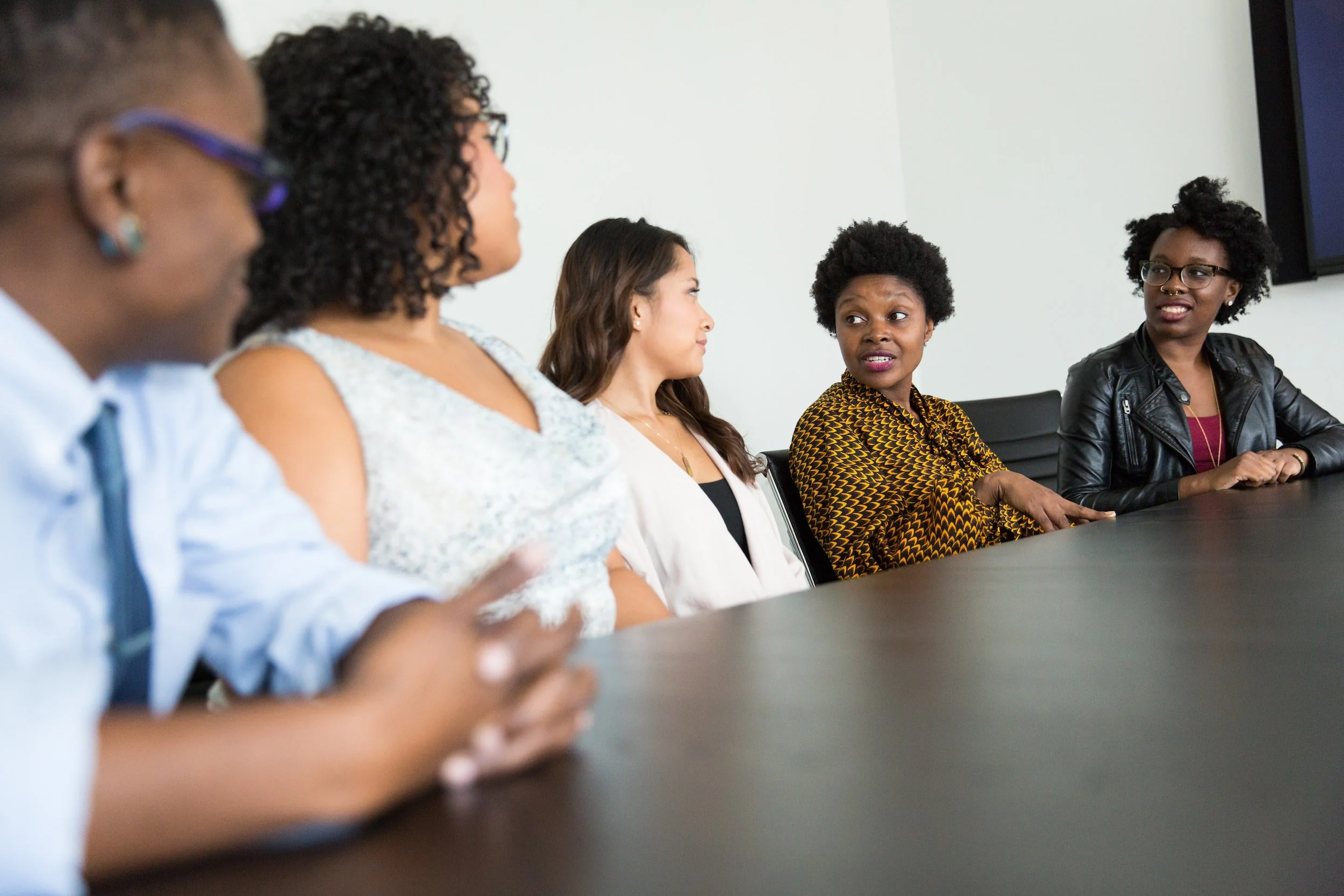Healthcare Leaders of Color Unite
Recently, I attended the National Council for Mental Wellbeing’s CoE-IHS Office Hour: Workforce Development and Psychological Safety Among BIPOC Women in Leadership. BIPOC leaders in integrated care settings logged in from far and wide, eager for space to share their truths – to be and feel heard. It was a space I had long-waited for. As a cisgender female East and Southeast Asian American clinician and leader in the field of medical and mental health for 20 years, I am one of thousands navigating a healthcare system long-steeped in white supremacy traditions hiding behind the curtain of a beautifully diverse clientele and workers.
Like so many of my BIPOC peers, I have felt the sting of being ignored, overlooked yet expected of, dismissed or criticized for voicing thoughts, and have had my ideas stolen by others who claimed them as their own.
So, when venturing into any career space for the first time I can feel nervous, not knowing if that space will actually include me.
Long before COVID, I’ve lived a life of being “othered.” Despite being born a 2nd generation Korean-Filipinx American in California, I was made to take English-As-A-Second-Language classes in elementary school, called slurs, told that my culture’s food looked gross, and have been asked very slowly and loudly, “How long have you been in America?” Countless times I’ve been addressed with Asian languages not of my parents - sometimes out of curiosity, more often due to being cat-called.
Like most (if not all) west coast Asian American, Pacific Islander and Native Hawaiian kids growing up in the ‘80s and ‘90s, my Korean and Filipinx histories were not taught in schools, and in general, non-AAPINH people assumed that we were “all the same” – the monolithic “Model Minority” stereotype destined for wealth and ease.
During Trump’s tenure and COVID, I – like so many others – was spat at, yelled at, told to go back to my country, and blamed for the virus. My children witnessed some of their own peers making nonchalant statements like, “Those Asian people are going to kill us all.” As if COVID wasn’t enough to be anxious about, the significant rise in anti-Asian hate and violence reminded me to worry at all times for everyone I loved.
As an essential worker, I watched with anger and frustration as research and media ignored Asian American, Pacific Islander, and Native Hawaiian populations in COVID data and reporting.
2021 – one year into the pandemic – brought the realization that analyst Amy Yee informed, “many states did not collect COVID data for Asians,” yet “...COVID has devastated specific groups of AAPIs, such as Filipino nurses. They account for nearly one third of COVID-related nurse deaths although they are just 4 percent of nurses in the U.S. In California, Native Hawaiians and Pacific Islanders (NHPI) had the highest death rates of any racial and ethnic group in the state, according to the NHPI COVID-19 Data Policy Lab at UCLA.” You wouldn’t find these stats in the news though; you’d have to internet search “COVID data Asian American” to find it and a handful of other articles. And despite today’s numbers demonstrating lower overall COVID infection and deaths for these groups, one should be wary of its confidence due lacking data, uneven AA/PI/NH groupings, and severe underreporting (from the impact of social determinants and anti-Asian hate, as Asian Americans, Pacific Islanders, and Native Hawaiians were less likely to test or seek care due to being afraid of leaving their homes).
If we exclude voices and experiences in research and data collection, what chance do we have of providing the basic human right of effective medical and mental health care?
Which brings me back to “leadership” and the National Council for Mental Wellbeing’s CoE-IHS Office Hour. One of the biggest complaints within the forum? BIPOC leaders that act in the traditions of white supremacy conditionings, displaying the same mentality and behaviors that keep other BIPOC colleagues, workers, and clients down through tactics like denying promotions, not supporting BIPOC voices at the table, and failing to provide sufficient tools and resources to do a job well. Many intense emotions and thoughts emerged from the audience on this topic.
A sobering reminder unfolded in this space of story-sharing: Because we all have been raised within white supremacy systems, we all have been conditioned to conform to – and have been trying to survive – it. It reminded me of Janice Gassam Asare’s simple yet spot-on article, “Four Myths About White Supremacy That Allow It To Continue”. For healthcare in the United States, we see these white supremacy traditions everywhere: when we tie the standard of health to a white male presenting body, when researchers ignore groups of people in data collection, when providers dismiss cultural nuances in treatment delivery, and when executive administrations deny workers fair pay/benefits, work-life balance, and recognition while expecting astronomical productivity.
We don’t have a chance to improve healthcare for all if we ourselves continue to uphold white supremacy conditionings within ourselves and with one another. There are already too few leaders of color in healthcare as it is. We must own our voice, support one another, self-care, and uplift others’ voices in order to endure the arduous task of transforming systems that will not and do not want to change on their own.
We start with ourselves, in self-awareness and reflection. Speak our truths. Give ourselves permission to listen and respond to our needs: when we need to emote and be obvious, or when we need to be still and pensive. Self-care, replenish. Understand, ask for help, and set healthy boundaries. Know that we are loved, lovable, and loving human beings.
Time alone and connecting with loving, trusted relationships – the kind that are worth your time and energy – are imperatives. Coaching and/or individual therapy can offer the privacy and space to begin processing thoughts and feelings at your own pace. Creating a calming, tranquil area within your home or finding one within your neighborhood, where you can decompress. Spending time with loved ones, where you can just be yourself among kindred spirits.
Then branch out – sharing stories with others. Affinity groups can be a good place for this. If your organization has funding and administrators who will champion affinity groups, you may find camaraderie within the workplace. If not, perhaps talking with your network and searching the internet may guide you to external groups and resources you can connect with. This is how I found Embrace Change, which became this safe space of care and support for me.
Then level up – uniting with, listening to, and sharing stories with other BIPOC people and affinity groups. Each time we do, we bolster our collective empathy superpower through our stories of strength, sadness, trauma, victory, creativity, and love. We learn that we are not only in good company, but we are a force to be reckoned with together. One through which Black, Indigenous, Latinx, Asian, Pacific Islander, Native Hawaiian, LGBTQIA+, people living with disability, and all intersections have a real chance at a healthcare that will care about them.
This includes a healthcare system that cares about us too, as leaders and workers.
Together, we can bring representation to all levels, from front line to executive administration. We can ensure that all groups are represented in data collection, policy formation, and treatment options. We can advocate for insurance coverage, fair wages and benefits, employee health and wellbeing. We can model what it means to have work-life balance, healthy boundaries, speak up and be heard. For if we are healthy leaders, our workers will be healthy. And if our workers are healthy, our clients will be well taken care of.
Bibliography:
J. Harlow and M. Fricano, “A Covid Crisis Comes to Light,” UCLA Newsroom, 2021
National Nurses United, “Sins of Omission,” National Nurses United Report, 2020
A. Yee., “COVID’s Outsize Impact on Asian Americans Is Being Ignored,” Scientific American, 2021
Laura Hahn-Segundo Collins, LCSW, CCCE
Laura is a veteran clinician and director who focuses her leadership, education, and supervision on cultivating compassionate medical and mental healthcare for all. Connect with Laura through her website.



